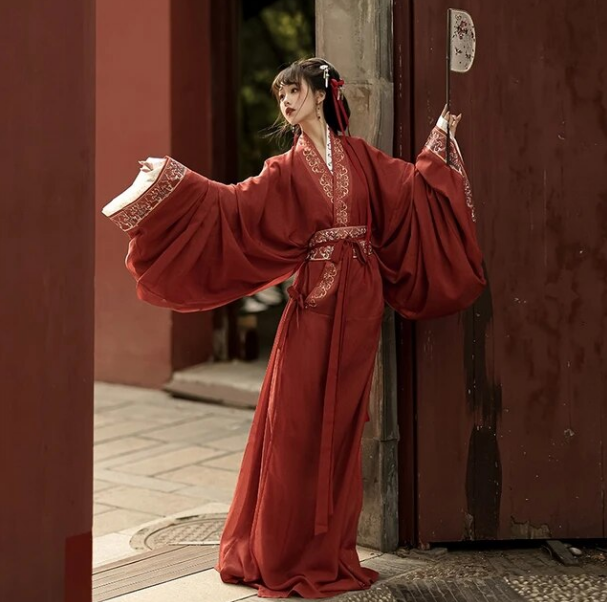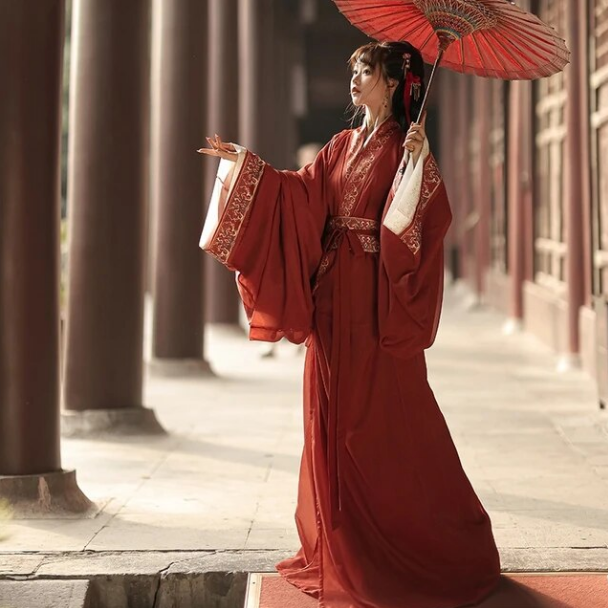Historical Context of the Warring States Period
The Warring States period marks a transformative era in Chinese history, characterized by intense military conflict and political fragmentation. It was a time of innovation, where states vied for dominance through warfare and diplomacy.
Political Landscape
Each state during this period bolstered its armies, with advancements in military tactics and technologies. The period saw the rise of influential strategists like Sun Tzu, whose treatise “The Art of War” remains pivotal. Territorial disputes were common, as the quest for expansion drove states into frequent conflicts.
Cultural Significance
Culturally, the Warring States period was a crucible for philosophical growth. It birthed Confucianism and Taoism, ideologies that shaped Chinese thought and governance. Education and intellectual discourse received unprecedented emphasis, laying a foundation for a meritocratic bureaucracy.

Evolution of Clothing in Ancient China
The transformation of clothing in Ancient China not only reflected the changing tastes but also the advancements in societal norms and technology. As dynasties rose and fell, the clothing styles evolved from simple tunics to intricate robes, mirroring the society’s complexities.
Dress Codes and Social Status
Strict dress codes often delineated the social ladder. Emperors adorned dragon-embroidered yellow robes, a symbol of supreme authority. Officials and scholars had their attire regulated by rank, distinguishing them with specific colors and patterns that were documented in the Book of Rites, a Confucian compendium on the etiquette of the era.
Materials and Fabrication Techniques
The mastery of sericulture allowed China to produce silk that was unrivaled in quality. By the Han dynasty, silk became a standardized currency, its value measured by length and width. Innovations in loom technology enabled complex patterns, and techniques like brocade and damask weaving became highly coveted skills. Embroidery, an art form perfected during this time, added narrative and symbolic flourish to garments. The Tomb of the Marquis of Dai in Hunan province revealed silk garments that have provided invaluable insights into the era’s dyeing and weaving patterns, showcasing the advanced craftsmanship of the period.
Craftsmen could weave up to 220 patterns per square inch, a testament to their intricate skill. The dyes used ranged from plant-based colors to expensive minerals, with purples and reds often reserved for the upper echelons of society. These details not only exhibit the sophistication of ancient Chinese textiles but also highlight how clothing was an integral aspect of cultural identity and social order.
The Warring States Robe: An Overview
The Warring States robe is a historical garment, embodying the essence of an era marked by both turmoil and cultural flourishing. These robes are not just attire but a canvas displaying the artistry and values of the period.
Design Characteristics
Robes from the Warring States period featured distinct cuts and patterns. They were long, with wide sleeves, and often wrapped around the body, secured with a sash. Colors were vibrant, and the use of layered silk gave the robes a luxurious feel and appearance. Patterns were geometric and symmetrical, reflecting the order that the states strived for amid chaos.
Symbolism and Motifs
Symbolism was deeply woven into the fabric of these robes. Dragons, phoenixes, and tigers often adorned the garments, each representing power, immortality, and protection. Motifs of nature, such as clouds, mountains, and rivers, symbolized the connection to the natural world and the divine. The use of these motifs was regulated by rank, as depicted in Zhou Dynasty texts, indicating the wearer’s status and privileges.
These robes were more than mere clothing; they were a status symbol, a piece of art, and a bearer of the wearer’s identity. The meticulousness in their creation and the significance of their designs give us a vivid picture of the values and aesthetics of the Warring States period.
Artisans and Craftsmanship
Artisans of ancient China were the era’s unsung heroes, creating masterpieces with their hands that would transcend time. The craftsmanship was highly specialized, with skills passed down within families and guilds.
Techniques of the Time
These artisans mastered various techniques such as silk weaving, dyeing, and embroidery. Weaving was a precise art, with silk threads sometimes as thin as a hair. Dyeing methods were complex, involving multiple steps to achieve vibrant, lasting colors. Embroidery involved not just skill but also storytelling, with each stitch contributing to an elaborate narrative.
Preservation of Skills Through Generations
The preservation of these skills was critical to the culture. Families guarded their trade secrets fiercely, with techniques passed from one generation to the next. Apprenticeships were common, and master craftsmen took pride in their roles as educators. This ensured that, even as dynasties fell, the high quality of Chinese silk and garments remained renowned worldwide.
Craftsmen could take weeks to complete a single robe, a testament to their dedication and the high value placed on their work. The Silk Road served not just as a trade route for these goods but also as a channel for the exchange of artisanal knowledge, influencing craftsmanship across continents.
Robes in Rituals and Ceremonies
Robes played a central role in the rituals and ceremonies of ancient China, often serving as a bridge between the mortal world and the divine. These garments were not merely clothing but pivotal ritualistic elements.

Ritual Significance
During ceremonies, the robes worn by participants had to align with strict Confucian codes. The color, embroidery, and fabric of a robe could dictate the type of ritual, its significance, and even the season in which it was appropriate to wear. For instance, a death ritual required somber colors like black or white, while celebrations called for bright colors and intricate patterns.
Robes in Literature and Art
Literature and art from the Warring States period often depict robes with great detail, signifying their importance in society. Poets likened the flowing silk to rivers and used robe motifs to symbolize various virtues or moral lessons. Similarly, painters would pay meticulous attention to the representation of robes, using them to denote character and status. The famous Shan Shui paintings of the time often included figures in robes, positioned to convey harmony between humanity and nature.
The precise number of layers or decorations on a robe could indicate the wearer’s rank and social standing, and during certain festivals, the emperor himself would wear robes depicting dragons, believed to bring rain and good harvests. These details underscore the robes’ deep cultural and ritualistic importance.